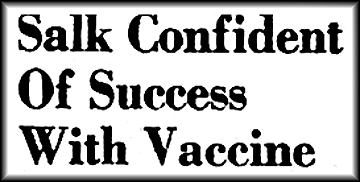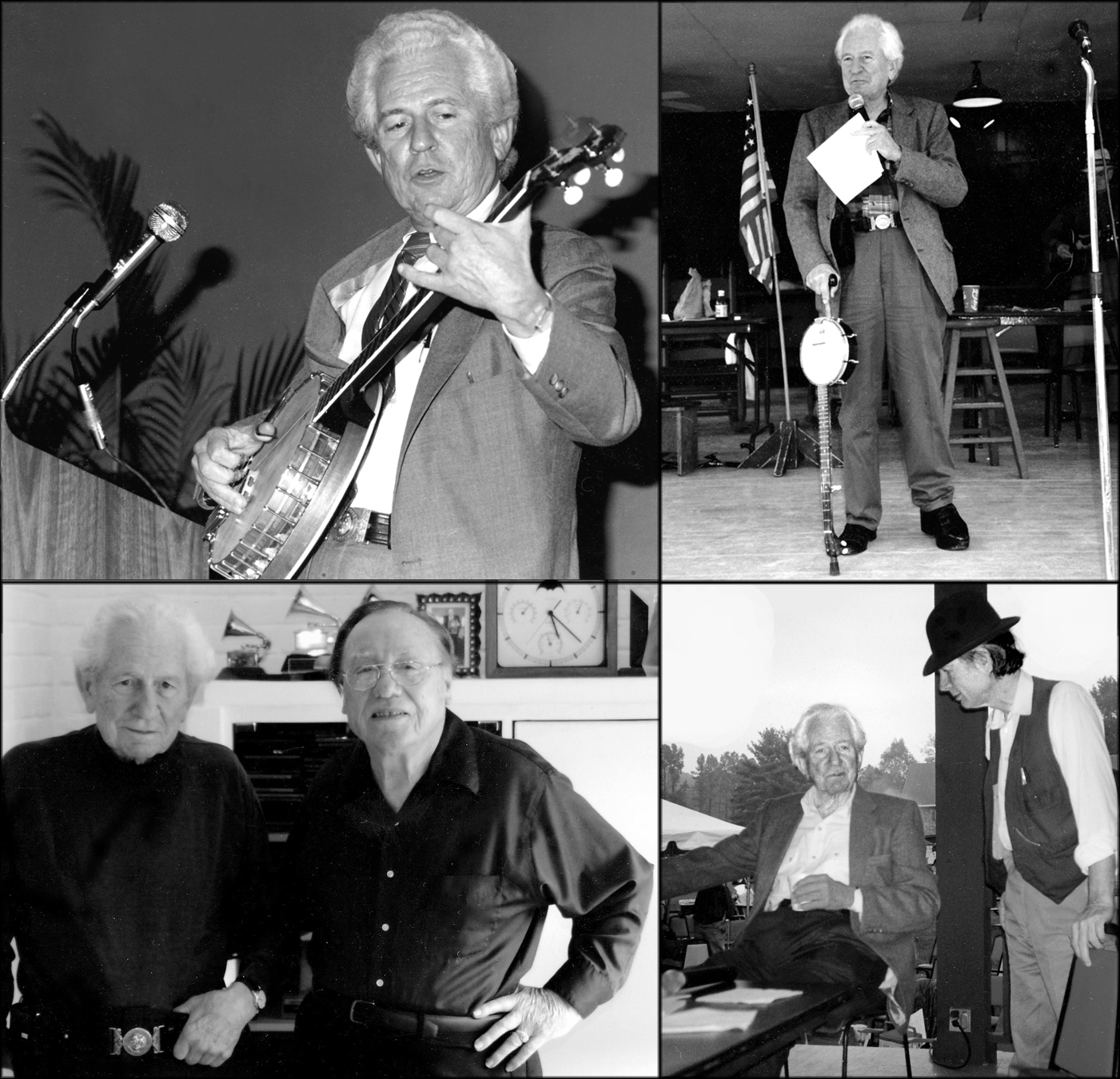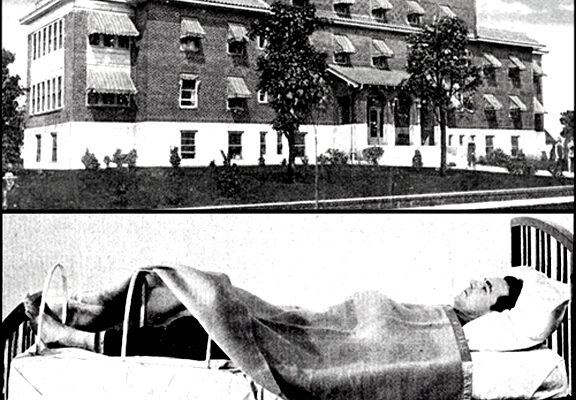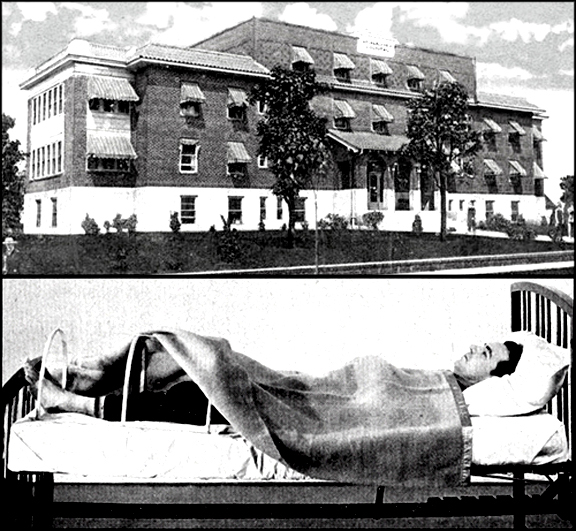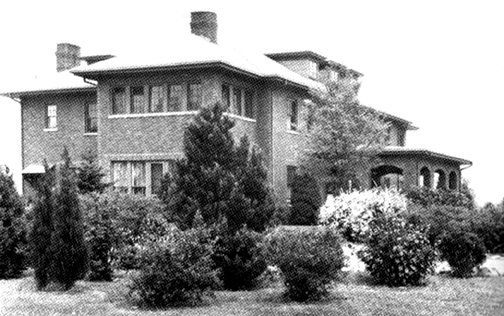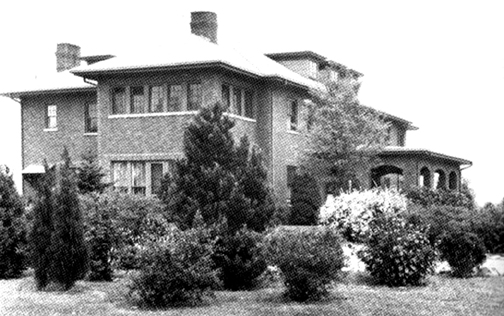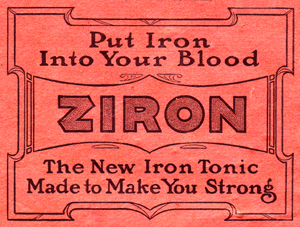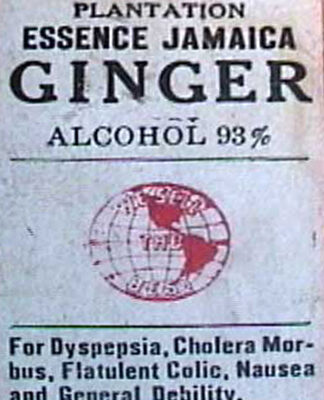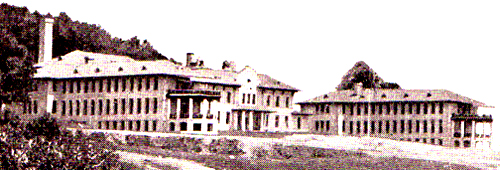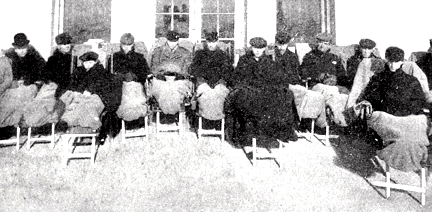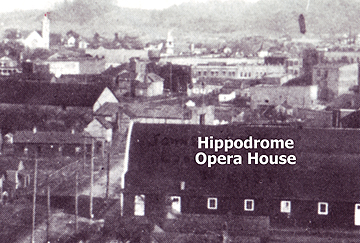An ad in a local newspaper dated June 1906 noted that during the past three or four years, almost every large city in the United States was visited by a young man who did things of an astonishing nature. He carried a remedy that worked wonders, becoming known everywhere as “The Great Payne.”
A notice appeared in the Associated Press reported from Cincinnati, Chicago, New York, Richmond and Atlanta. The correspondence consisted of statements of cures by this so-called remarkable remedy of deafness of 20 years standing, made in three minutes. Cripples walked after using the remedy for only five minutes.
The latest report was from Knoxville where Payne stayed a few weeks and sold $15,000 worth of his remedies. The Journal and Tribune and Sentinel of that city gave daily reports of many remarkable cures, and people from all over the South traveled to Knoxville to learn more of the great remedies that were astonishing people all across the country.
Thousands of leading citizens of Knoxville testified to the merits of the remedies, many of them being professionals of the city. One was Dr. W.N. Somers, who had been hard of hearing for 10 years.
This gentleman used Dr. Andes’ Great Remedies and stated publicly on The Great Payne’s Platform to an enormous crowd of people that this remedy was beyond his conception. Somers could not realize how anyone who had been deaf that long could, in only three minutes, converse with their friends in ordinary tones:
“It is a fact,” he said, “although I cannot explain it, for I now hear distinctly, which is the first time in ten years.” The Great Payne is now in Johnson City, Tennessee and would still be here for one week. Anyone suffering with deafness, stiff joints, catarrh, rheumatism, stomach trouble, kidney, liver and bladder disease, should call to see him at the downtown Arlington Hotel, opposite the Windsor Hotel. Mr. Payne make demonstrations nightly at his show grounds.
A well known Knoxville citizen told how his hearing was restored by use of Dr. Andes’ Great Remedies. It was printed in the newspaper in an advertisement:
“When Mr. Payne came to Knoxville with his good concerts and I saw the enormous crowds passing my home, l decided it was something out of the ordinary to bring out such large audiences night after night.
“My family insisted that we should attend, but I did not care to, knowing that it would be almost impossible for me to enjoy it as I could not understand what was being said on the platform.
“I endeavored to bear the lecture given by “The Great Payne,” but could only catch a few words now and then, but caught the words, ‘It is good for deafness. I purchased one bottle and immediately started the use of it as directed.
“After one application, I was able to understand every word that Mr. Payne said from 30 feet away and could hear the snap of fingers 50 feet from my car. I have used one bottle of the great medicine and am glad to know my hearing is restored.”
(Signed) J. H. Proffett, 100 E Cumberland Ave., Knoxville, Tennessee.
Catarrh was the cause of Mr. Proffett being hard of hearing; it also caused the loss of memory, sense, smell and taste. Symptoms were a heavy dull headache, bad taste in the mouth and offensive breath. When the problem began to drip, it went into the stomach, causing all forms of indigestion and dyspepsia. Dr. Andes’ great prescription was said to guarantee to cure any form of catarrh.
The “Journal and Tribune” and the “Sentinel” of that city had columns in their papers every day of the demonstrations made on people suffering with deafness and stiff joints. Mr. Payne was about to make his demonstrations nightly while in Johnson City.
By using Dr. Ande’s Great Remedies, he showed the audiences how it would restore hearing and make stiff joints agile in three to five minutes:
“If you suffer with rheumatism, catarrh, stomach trouble, indigestion, constipation, piles (hemorrhoids) of any form, bladder trouble, asthma, or any kind of parasite, such as tape worm, be sure to call Mr. Payne.”
The salesman rented rooms at the Arlington Hotel in downtown Johnson City where anyone could call and he would take great delight in explaining how Dr. Ande’s Great Remedies’ cured a variety of ailments.
An advertisement said, “Paine will remain in Johnson City until Saturday, June 10. The great advertiser’s coat, adorned with $20 gold coins for buttons and handsome diamonds was worn by him while here. He was now in Johnson City with his big free shows, having 20 people including brass and string bands with better than any paid show ever in the state that was free to all.”
A large platform was erected on the vacant lot adjoining the new Armbrust-Smith Building on Spring Street. Concerts opened every night at 7:30 p.m. promptly. The entertainment consisted of two and a half hours of solid fun, humorous comedians, charming singers and several energetic buck and wing dancers.
“I would love to take a swig of that potion right now to get some relief from hearing loss. Is the doctor still in business? With all that healing improvement, he is probably still around.ö


